DODGEgallery
|
|
|
Rebecca Chamberlain, Homatorium I, 2013, installation view. Photo: Carly Gaebe
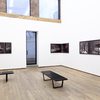
|
Rebecca Chamberlain, Homatorium I, 2013, installation view. Photo: Carly Gaebe
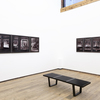
| |
Rebecca Chamberlain, Homatorium I, 2013, installation view. Photo: Carly Gaebe
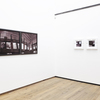
|
Rebecca Chamberlain, Homatorium I, 2013, installation view. Photo: Carly Gaebe
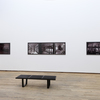
| |
Rebecca Chamberlain, Clear Corners Arrangement Screen, Zimmerman House, Wright, 1950, 2013, litho ink on vintage tracing cloth, 30 x 97 inches, framed. Photo: Carly Geabe
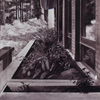
|
Rebecca Chamberlain, Pillow View Arrangement Screen, Zimmerman House, Wright, 1950, 2013, litho ink on vintage tracing cloth, 30 x 69 inches, framed. Photo: Carly Gaebe
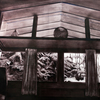
| |
Rebecca Chamberlain, Dining Logia Arrangement Screen, Zimmerman House, Wright, 1950, 2013, litho ink on vintage tracing cloth, 30 x 93.5 inches, framed. Photo: Carly Gaebe
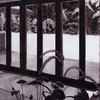
|
Rebecca Chamberlain, Squared Views Arrangement Screen, Zimmerman House, Wright, 1950, 2013, litho ink on vintage tracing cloth, 30 x 60 inches, framed. Photo: Carly Gaebe
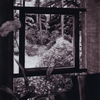
| |
Rebecca Chamberlain, Her View. Car Park Arrangement Screen, Zimmerman House, Wright, 1950, 2013, litho ink on vintage tracing cloth, 27 x 78 inches, framed. Photo: Carly Gaebe
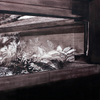
|
Rebecca Chamberlain, Cast Window Views: Guest Bedroom Arrangement, Zimmerman House, Wright, 1950, 2013, litho ink on muslin with wooden frame after FLW cement cast windows, 15 x 15 x 2.5 inches. Photo: Carly Gaebe
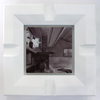
| |
| SftPwr, ''Loving Rebecca Chamberlain'' - Muanfun Kunawong |
 DOWNLOAD DOWNLOAD |
|
|
|
|
|
|
HOMATORIUM I: REBECCA CHAMBERLAIN
|
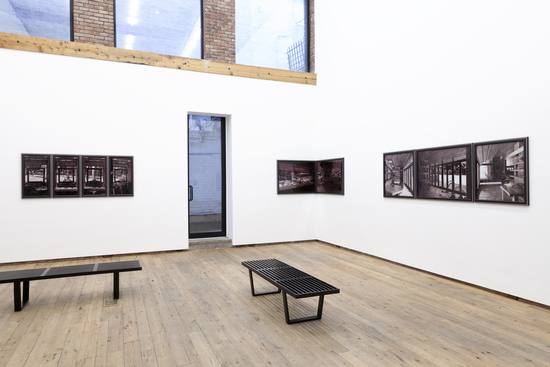
|
| IMAGE: Rebecca Chamberlain, Homatorium I, 2013, installation view. Photo: Carly Gaebe |
 HI-RES HI-RES |  |
 |
|
On View: February 23 — March 30, 2013
Reception: February 23, 2013 6-8pm |
 DOWNLOAD PRESS RELEASE AS PDF DOWNLOAD PRESS RELEASE AS PDF
| DODGEgallery is pleased to present Homatorium I, an exhibition of new work by Rebecca Chamberlain. This is the artist’s second solo exhibition with the gallery.
Stemming from a long-standing captivation with the early modernist era, specifically the period between the two world wars, Chamberlain’s moody paintings of vacant interiors read like love songs for a lost world. Each room is a stage for a perfectly lived life forever trapped in amber. Her monochromatic compositions, painted in lithography ink, provide a window through which to look as one might into the villas of Pompeii. There was life here! Look how they lived! Much like the architects of the period, Chamberlain choreographs these spaces within and between compositions. She fetishizes their detail while abstracting their geometry. Painting reflective and textured surfaces with rich ink washes over the glean of vintage architecture paper, her paintings themselves allure and reinforce a sense of longing.
For Homatorium I, Chamberlain creates an environment in the inner gallery resembling the feeling of Frank Lloyd Wright’s Zimmerman House; marking a shift for Chamberlain, as she focuses for the first time on a singular site. Through a residency at the Currier Museum of Art in 2012, she witnessed the influence of modernist sanatoriums in Wrights’ interior and exterior design. Chamberlain experienced the house as, “a sanitized version of reality,” a combination of both home and sanatorium.
Often working from vintage photographs of the period, Chamberlain heightens her presence in Homatorium I by combining the photos of Yukio Futagawa and the Zimmermans’ with her own, captured on her visit to the Zimmerman House. Creating multi-panel pieces of different images of the same spaces, she offers a collective, and therefore unfixed perspective and memory of the site. Chamberlain further fragments views by splicing and editing the original source material. Unlike her previous bodies of work, the images chosen all depict windows and views looking from the interior; Chamberlain positions the viewer inside the Zimmerman house but directs the gaze outward.
Regimenting the height of each piece in the inner gallery to 27 inches and composing all the paintings in a deep red harkening the warm brick and wood of the Zimmerman house, Chamberlain fabricates a complete environment for her viewer. Using hand-crafted frames, some that mirror actual windows in the Zimmerman house (fabricated by Peter Chamberlain) and others that reference the aluminum of modernist sanatoriums, Chamberlain frames an already framed view, heightening a sense of displacement. The panels appear cinematic lining the walls of the gallery each scene abutting the next, presenting the viewer with an edited and fragmented perspective. Chamberlain’s photo-realistic style seemingly offers comfort in the “known”; however, when subsumed by the environment in the inner gallery an unfixed sensation arises as one can only look out, not in.
Squared Views Arrangement Screen, Zimmerman House, Wright, 1950 places the viewer as if on a couch in the living room gazing out the window to the garden. Wright designed this garden and framed these views; however, despite his attempts to construct a complete environment, nature is not fixed. Chamberlain reflects this sensation, in her more textured, broad and frenetic brushstrokes focusing on a feeling of chaos that vibrates against the clean, crisp architecture. The hermetic perfection of a protected interior is unsealed.
Kenn Richards has created an original musical score to accompany Rebecca Chamberlain’s painted environments. Constructed from a mixture of field records and period appropriate recordings from sheet music found in the Zimmerman House, Richards has compiled these sub mixes in a postproduction 3D field to give an immersive sound suggestive of Chamberlain’s depicted spaces. Installed discretely and set to a low volume, the music quietly resonates throughout the gallery. As viewers move between compositions the sound also acts fluid, feeling at once distant and present.
|
|
|
| |
|
|
|
| |
|
|